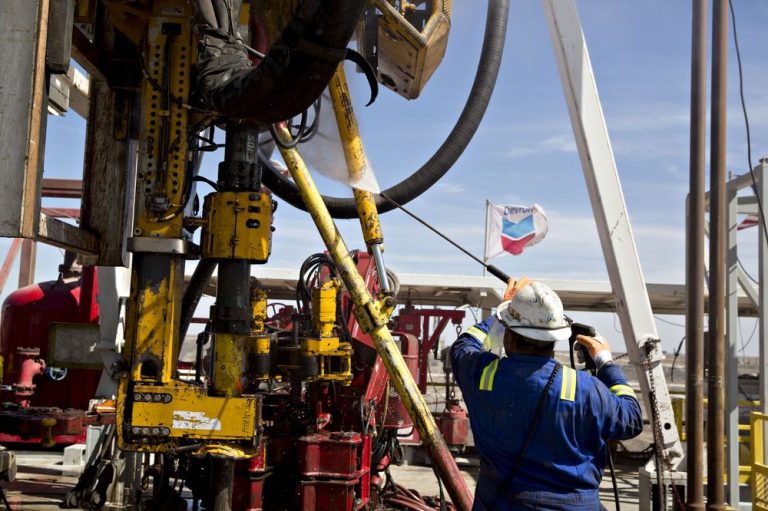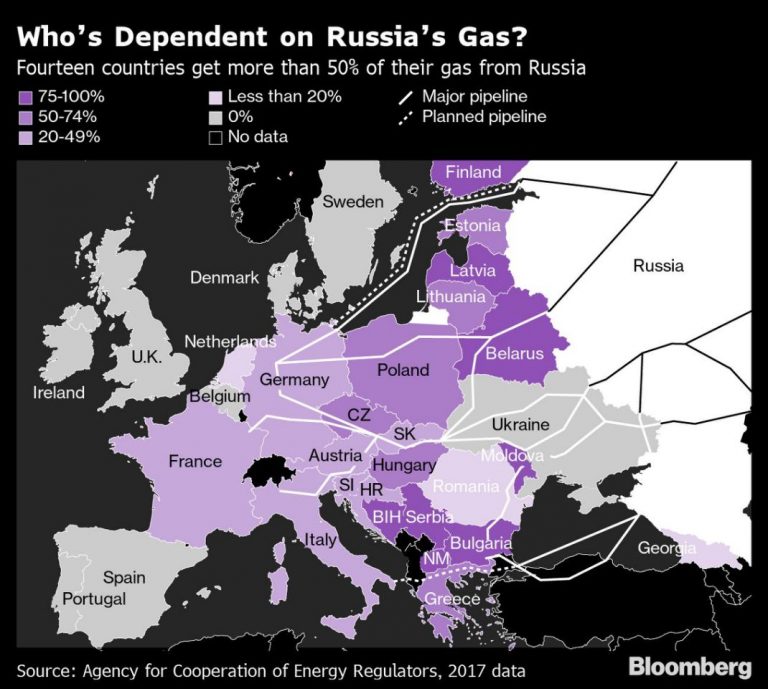Saudi supply disruption puts huge US petroleum stash in play

WASHINGTON – The Trump administration is standing by to deploy the nation’s emergency oil reserves and help stabilize markets if needed after a series of drone attacks in Saudi Arabia knocked out half of the kingdom’s crude output, or about 5% of world supplies.
Energy Secretary Rick Perry is ready to draw down stocks from the 630 million-barrel cache “to offset any disruptions to oil markets as a result of this act of aggression,” his spokeswoman, Shaylyn Hynes, said in a statement late Saturday. Perry also ordered officials to work with the International Energy Agency on possible options for coordinated action.
Whether the Strategic Petroleum Reserve, the world’s largest supply of emergency crude, gets used may depend on how quickly the Saudis can resume production from the world’s biggest crude-processing facility.
Set up after the Arab oil embargo in the 1970s sent prices skyrocketing, the stockpile has previously been tapped in response to Operation Desert Storm in 1991, Hurricane Katrina in 2005, and Libyan supply disruptions in 2011.
“Until a damage assessment is available, it’s not possible to make high confidence odds on the likelihood it will be tapped,” said Bob McNally, a former energy adviser to President George W. Bush and president of the consulting firm Rapidan Energy Group. “For now, the administration is reassuring the market that the U.S. and other emergency stockholding partners in the IEA are ready to act.”
McNally said showing openness to an SPR release would have an impact.
“I suspect this is just precautionary verbal reassurance, and I am sure they are dusting off their plans,” he said. “Unless the damage is extensive, doubt we will see a release.”
Saturday’s attacks on Saudi Arabia are expected to rattle oil markets when they open. The kingdom’s benchmark stock index tumbled as much as 3.1% on Sunday in Riyadh.
“Almost no geopolitical risk is priced into oil markets focused solely on trade wars and macro concerns,” said Joe McMonigle, senior energy analyst at Hedgeye Risk Management LLC. “An SPR release, especially if coordinated with IEA action, would mitigate some of the spike in oil prices but would also depend on the ongoing and elevated geopolitical risk.”
SALT CAVERNS
The emergency stockpile is stored in huge underground salt caverns along the U.S. Gulf Coast. Although it was originally created as a backup in case of future supply shocks, the reserve has more recently become Congress’s go-to piggy bank, used to fund everything from roads to drugs to deficit reduction. About 10 million barrels were sold in the latest of a series of congressionally mandated sales last week.
President Donald Trump proposed selling off half of the emergency stockpile in his 2017 budget request. His administration argued that record domestic oil production made keeping such a large reserve unnecessary. But the “potential long term disruption from critical oil facilities” such as the 5 million barrel per-day Abqaiq processing facility hit on Saturday, “is exactly the type of risk the Strategic Petroleum Reserve was designed to mitigate,” McNally said.
Visit Bloomberg News at www.bloomberg.com








